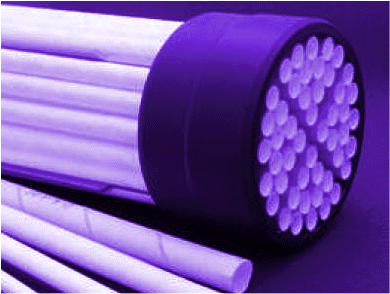Membrane processes have become very important tools in water management and water related environmental engineering, because their efficiency has been proven from a technical and economical, as well as an ecological, point of view.
This is based on features including compactness of the plants, short construction time, clean, easy, economical and long term reliable operation with high rejection rates for components or contaminants. This is mainly due to the barrier function of the membranes, but is especially based on the experience gained in the last decade and the improvements in material selection for the manufacturing of the membranes and the plants, as well as, the increasing optimization of operational aspects including capacity building and preventive maintenance.
Thomas Peters, Peters Consulting for Membrane Technology and Environmental Engineering, Neuss, Germany, summarizes details regarding the theoretical background of these pressure driven membrane processes, examples of their application in water treatment, limiting factors, operational data and results for the purification efficiency.
- Membrane Technology for Waster Treatment
T. Peters
Chem. Eng. Technol. 2010, 33 (8), 1233 – 1240.
DOI: 10.1002/ceat.201000139





good to get update